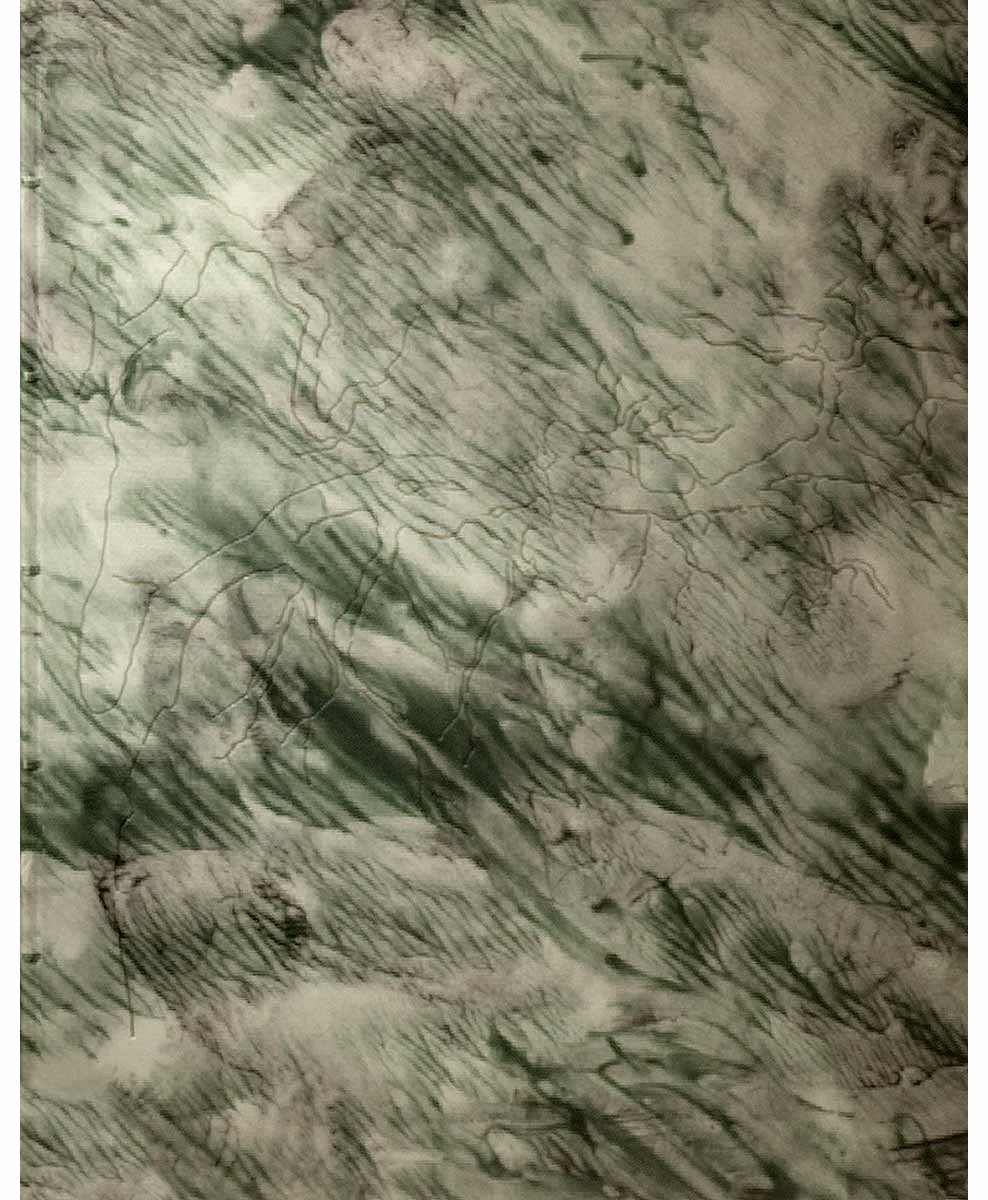

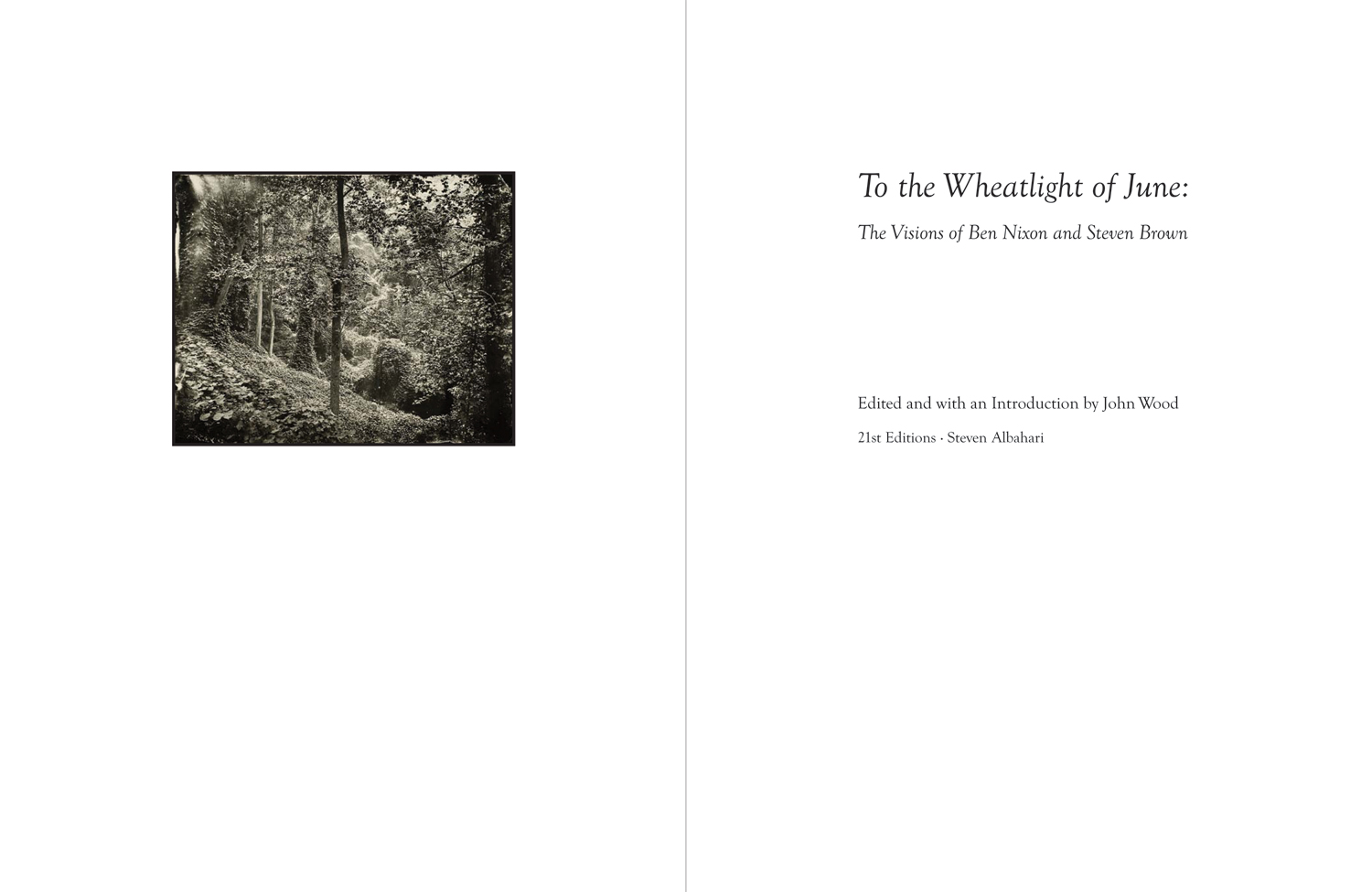
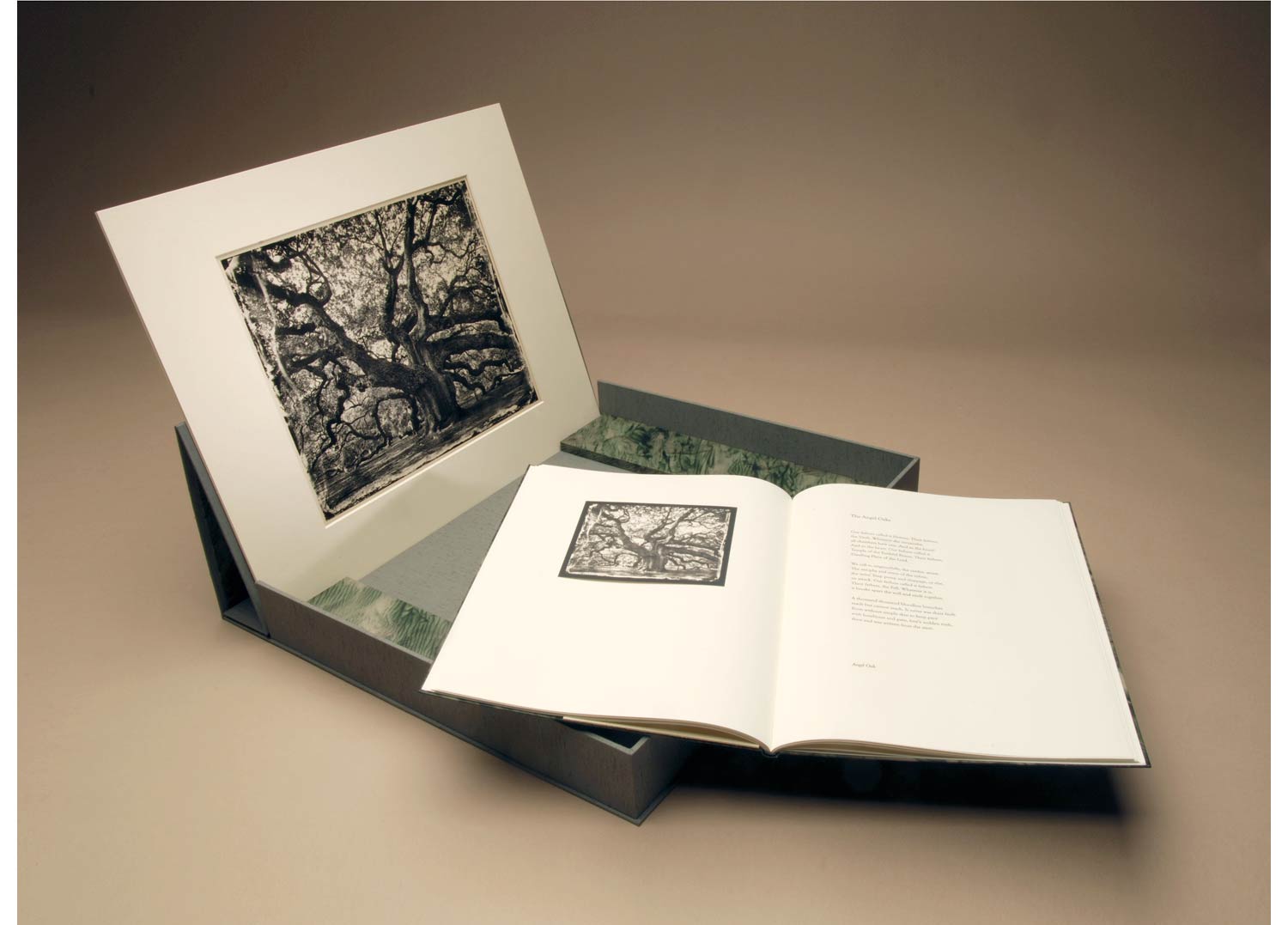
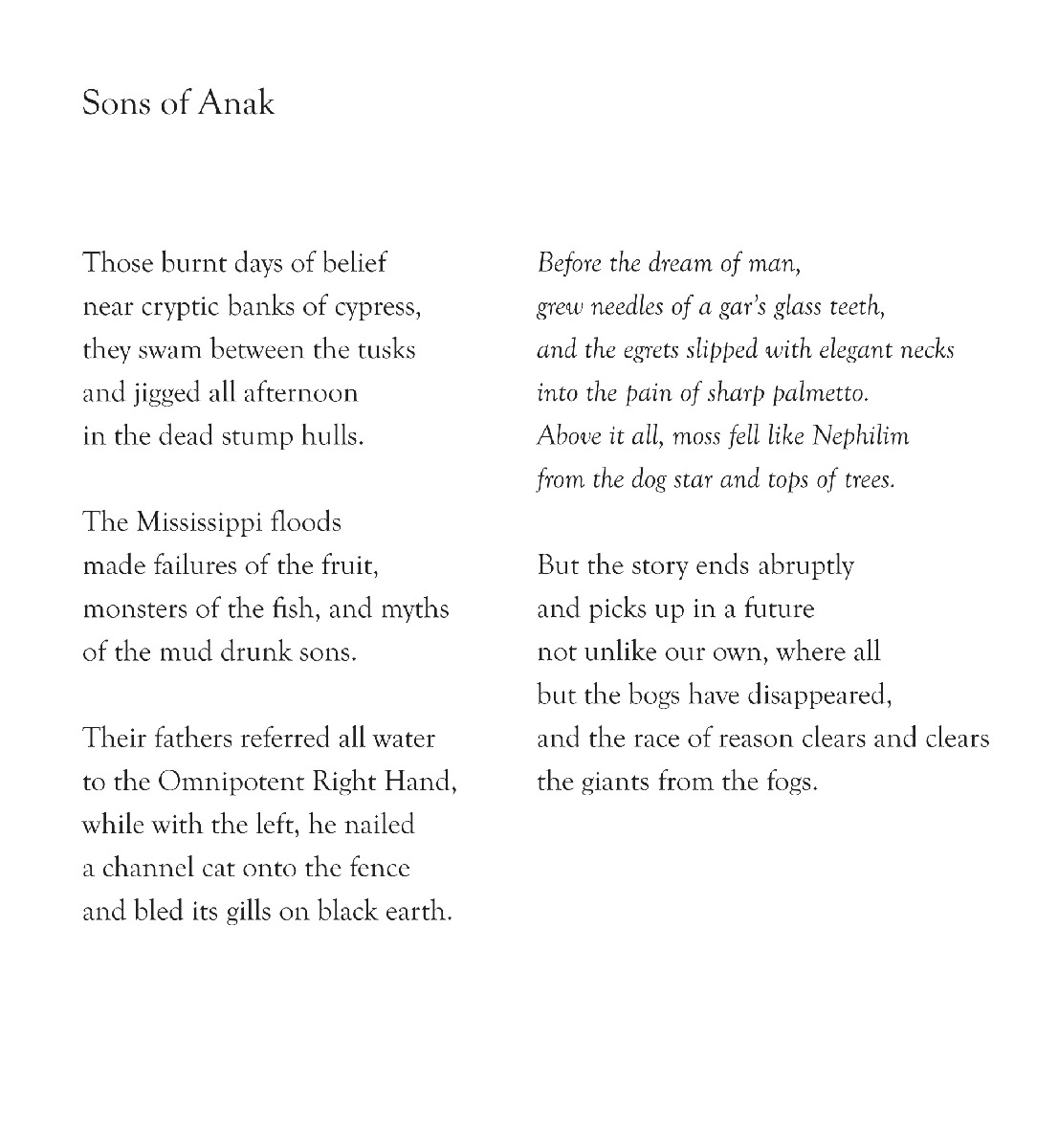

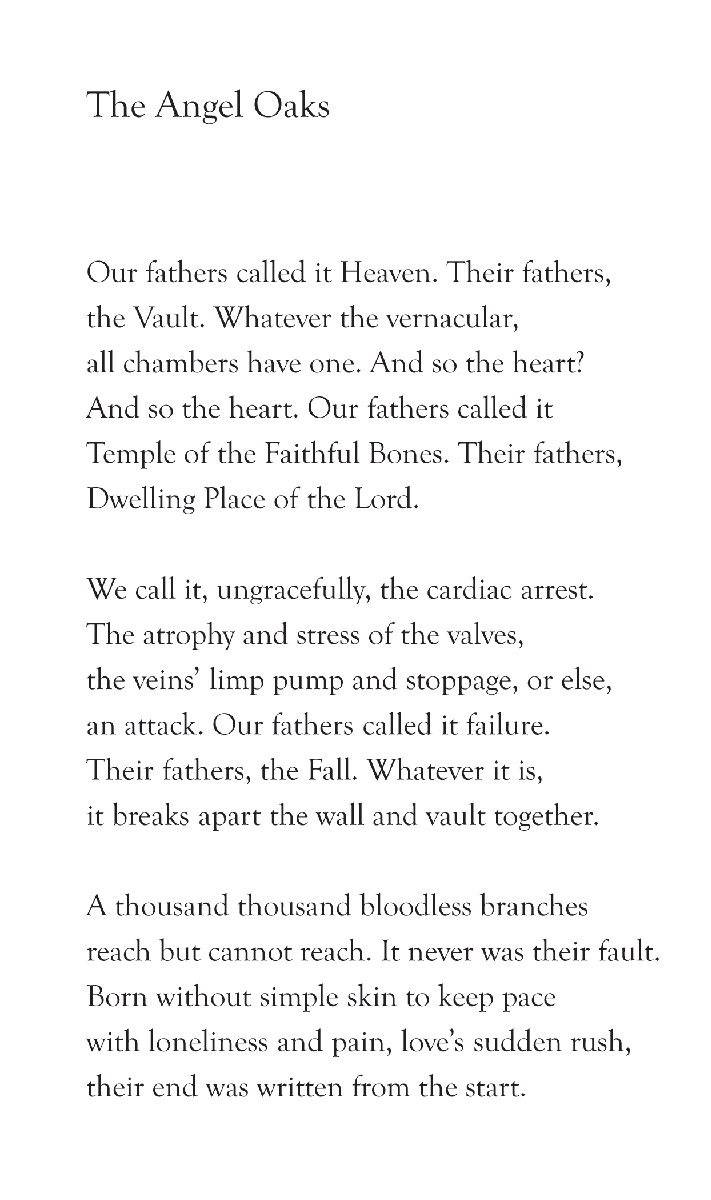
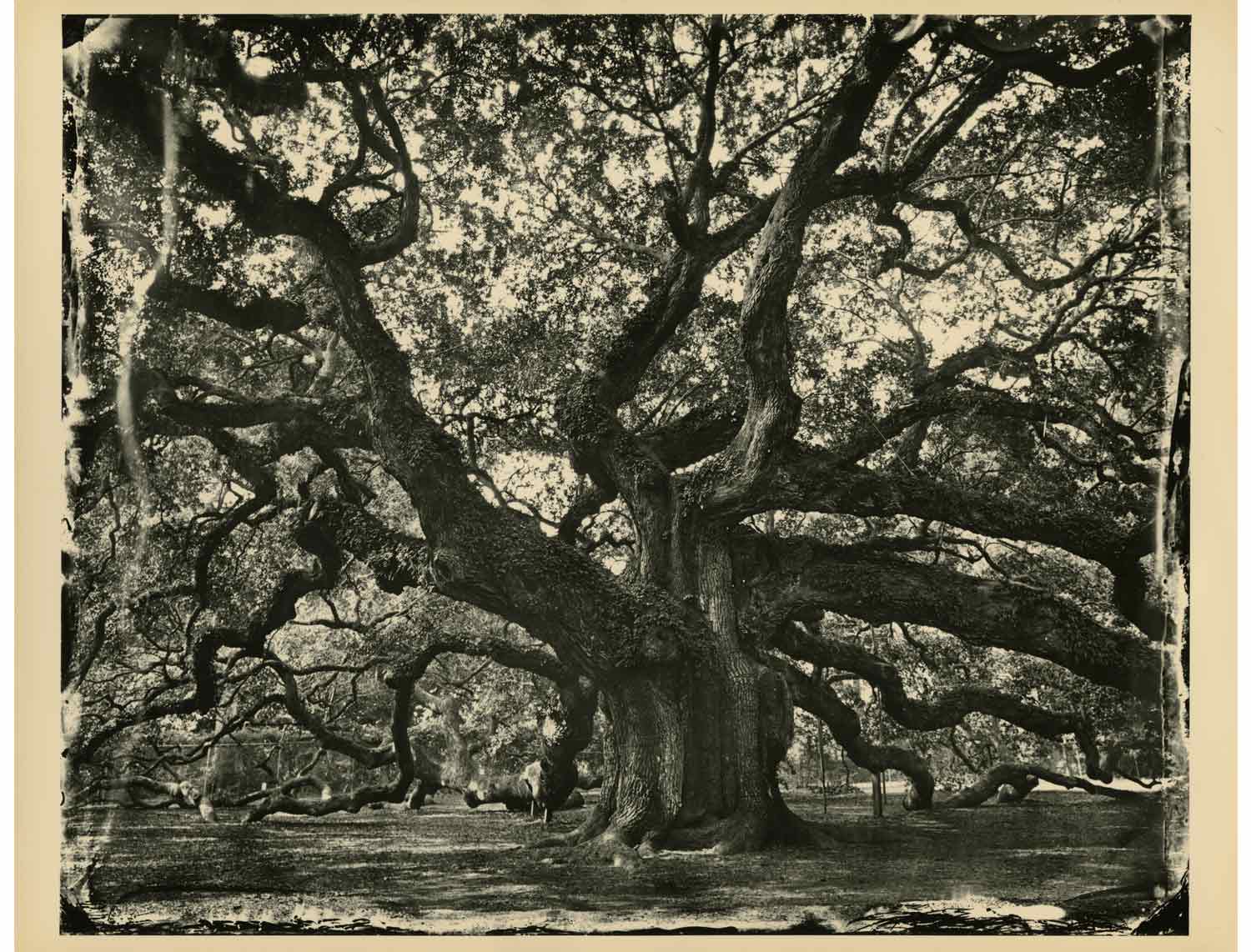
Photographs by Ben Nixon
Poems by Steven Brown
Introduction by John Wood
Edition: 50 sets
10 silver gelatin photographs matted 16 x 20 inches
13 x 10 inch letterpress book illustrated with 10 platinum prints
Handcrafted in New England
Steven Brown - Moth and Bonelight

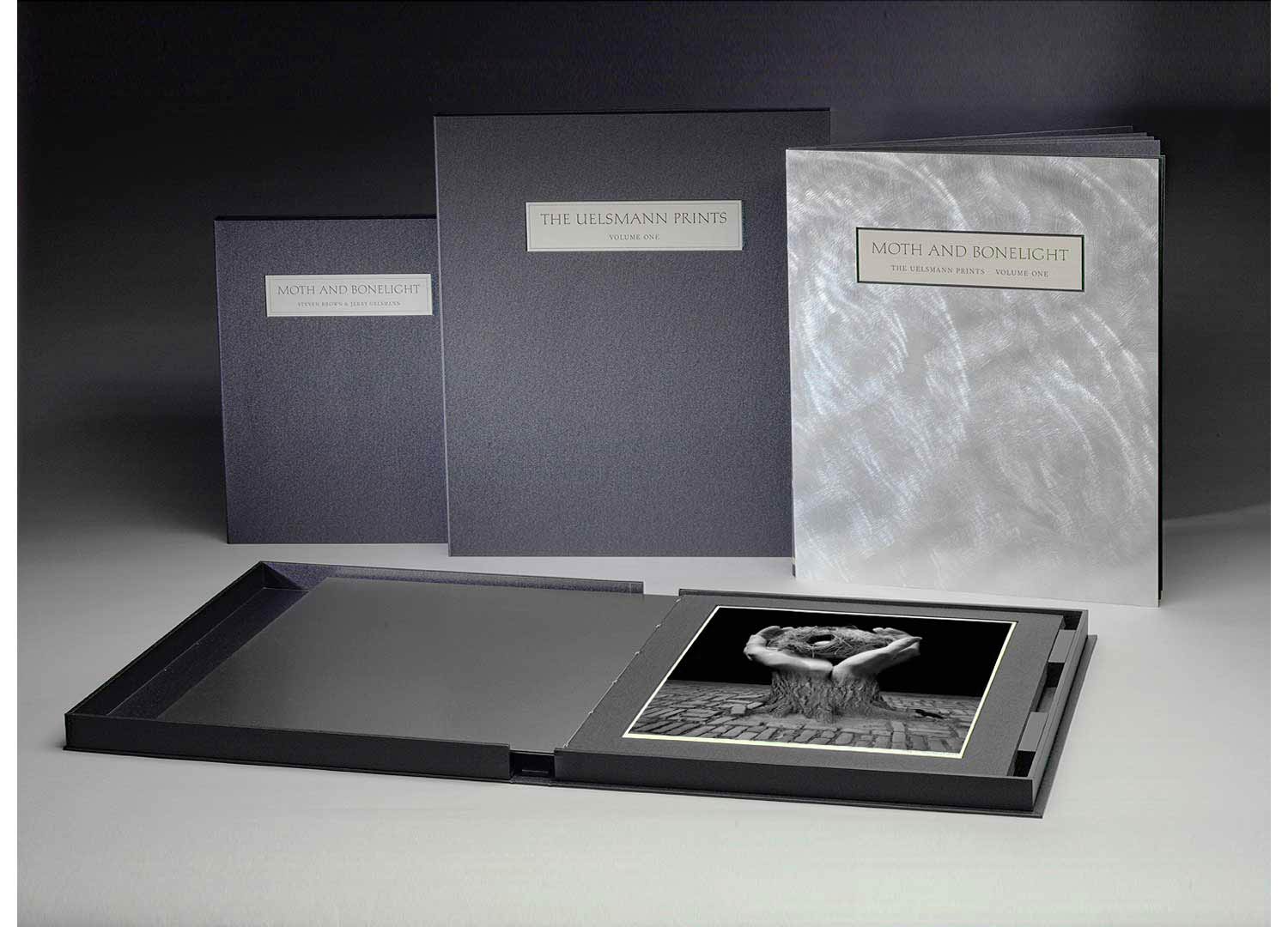

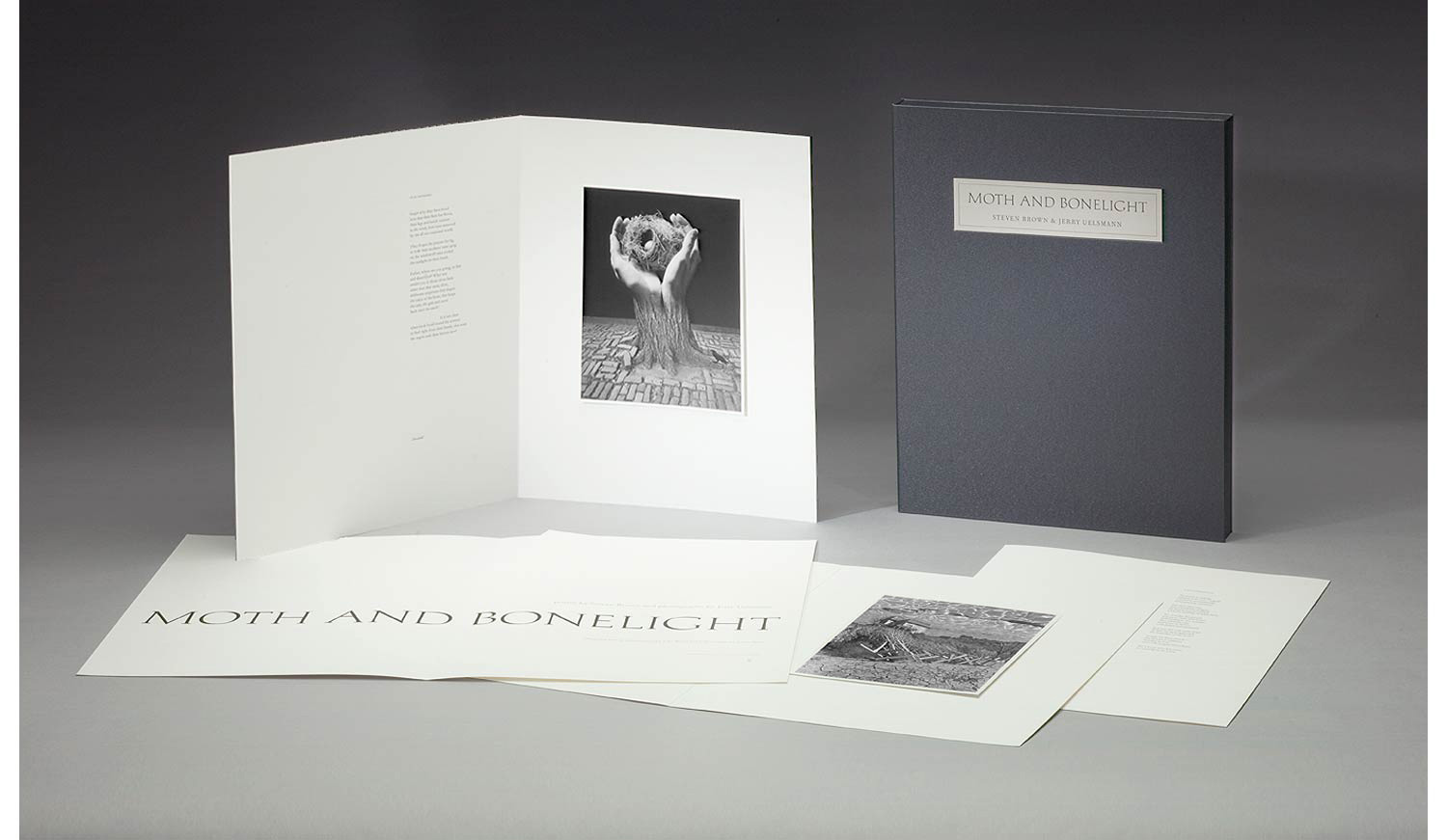
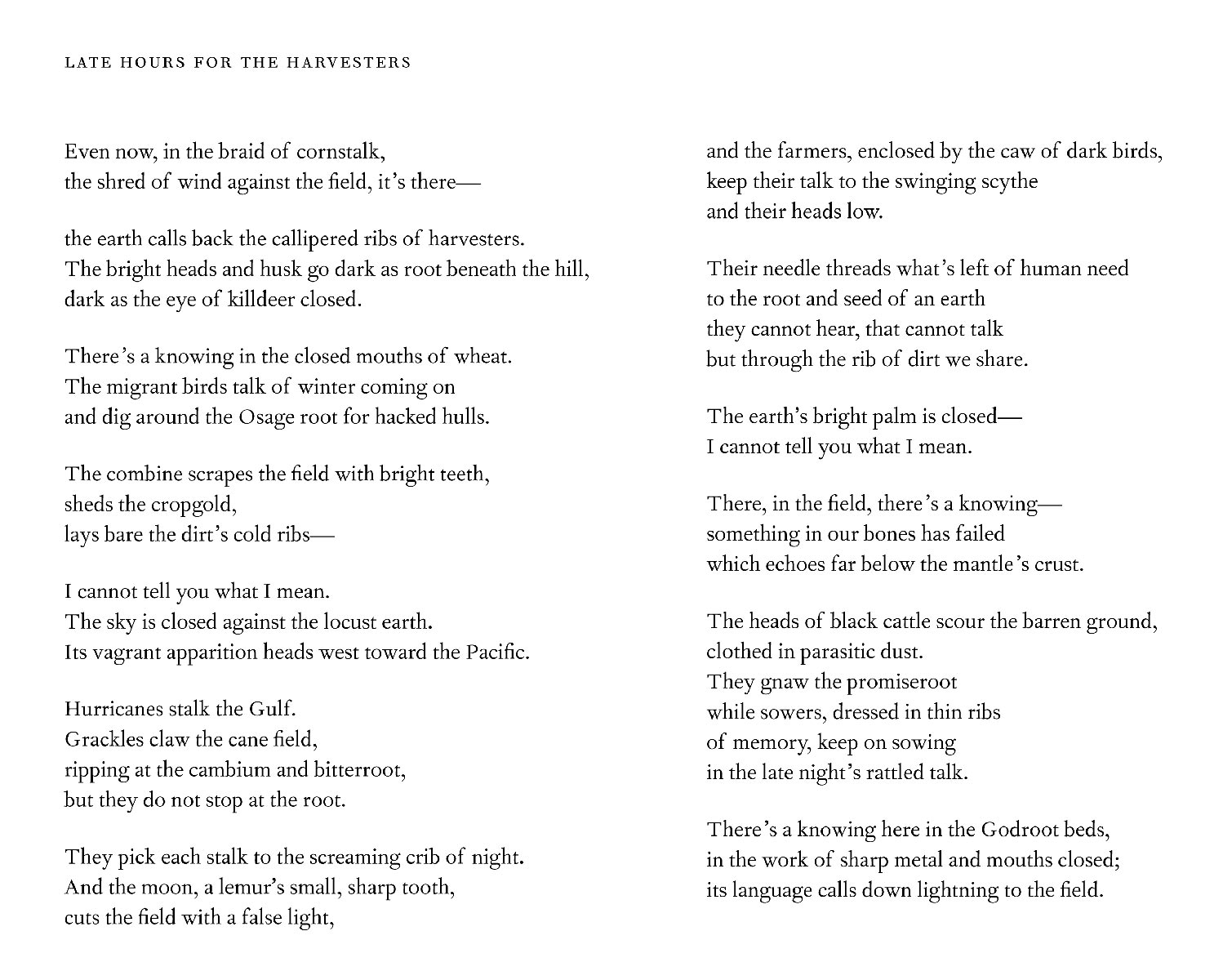


Moth and Bonelight
Photographs by Jerry Uelsmann
Poems by Steven Brown
Introduction by John Wood
The Silver Edition: 20 numbered and 5 lettered copies
10 removable 20 x 16 inch signed silver gelatin prints
24 x 20 inch aluminum binding by Daniel Kelm
The Platinum Edition: 55 numbered and 15 lettered copies
10 tipped-in platinum prints, roughly 12 x 9 inches mounted to 18 x 14 inches
Handcrafted in New England
Steven Brown - Prism Series Book #3: Jack Spencer


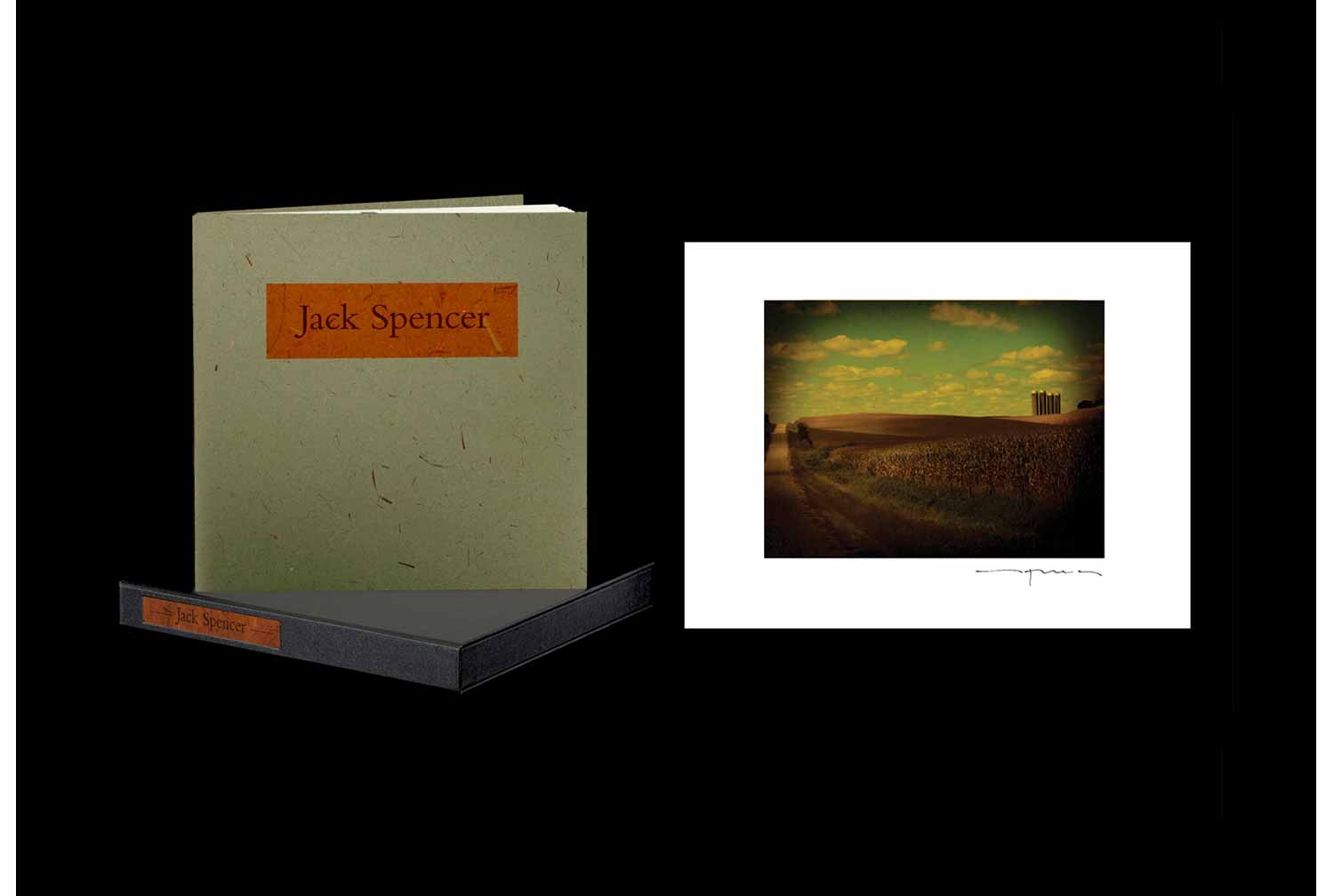
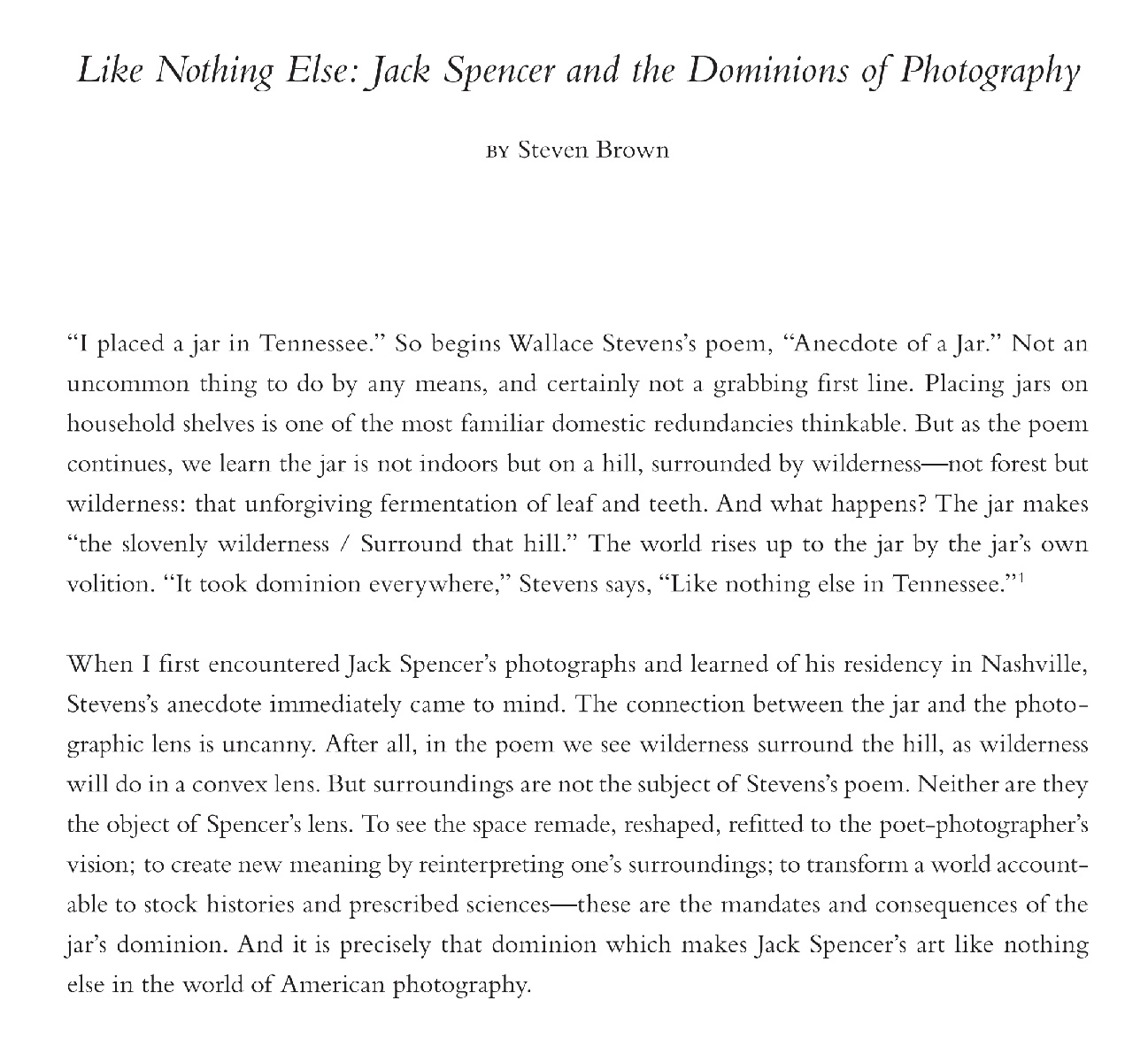
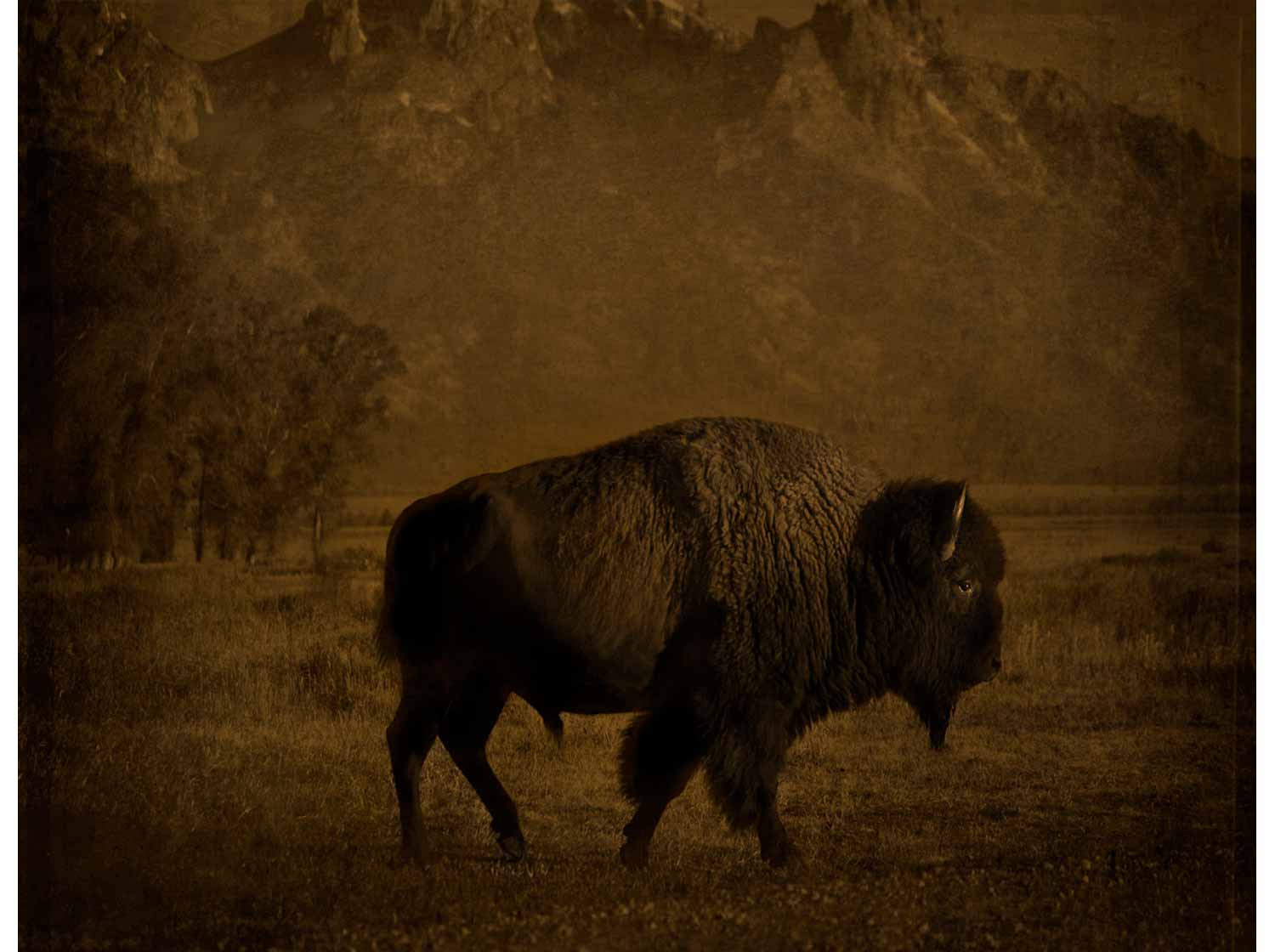
Edition: 280 copies
Introduction by Steven Brown and a poem by John Anderson
Includes one of four loose and varnished pigment ink prints,
each in an edition of only 70 copies
95 four-color plates
Soft-bound with handmade Twinrocker paper
12 1/2 x 12 1/2 inches
Handcrafted in New England
Click here to order online.
...And not surprisingly, many photographers claim the element of luck as a blessing on their process. But Spencer doesn’t buy into the idea of luck-as-process. In a statement linked to his website, he says:
I am forced to abandon serendipity to create an altogether new mood that did not exist before. These are constructions that are in gestation. I am moving in a direction where I believe that it is exciting to create something into existence, where before, there was nothing. I no longer have any interest in relying on circumstance to present itself at its convenience (emphasis Spencer’s).
Creation, gestation, new mood, new existence: these are the anecdotes of the jar, the visions of the lens. We could stand in front of Spencer’s Red Church (plate 79) all day and not see the same building he saw, because the church in Spencer’s photograph doesn’t exist. It’s a Spencerian mood—an uneasiness charged by the complete lack of welcome in that dark doorway and the façade’s slaughterhouse hue. This is no small town Norman Rockwell chapel; if anything, we feel the specter of Flannery O’Connor looming near. Still, the light’s ambiguity refuses to settle on a single emotional state. One recognizes a warmth that could be mistaken for welcome. This potential for change makes Spencer’s photographs human. It’s what draws us back to his red churches again and again—the poetic manipulation, the stresses and unstresses that cause us to read each image with emotional attention, as in a line of poetry.
from the introduction by Steven Brown

